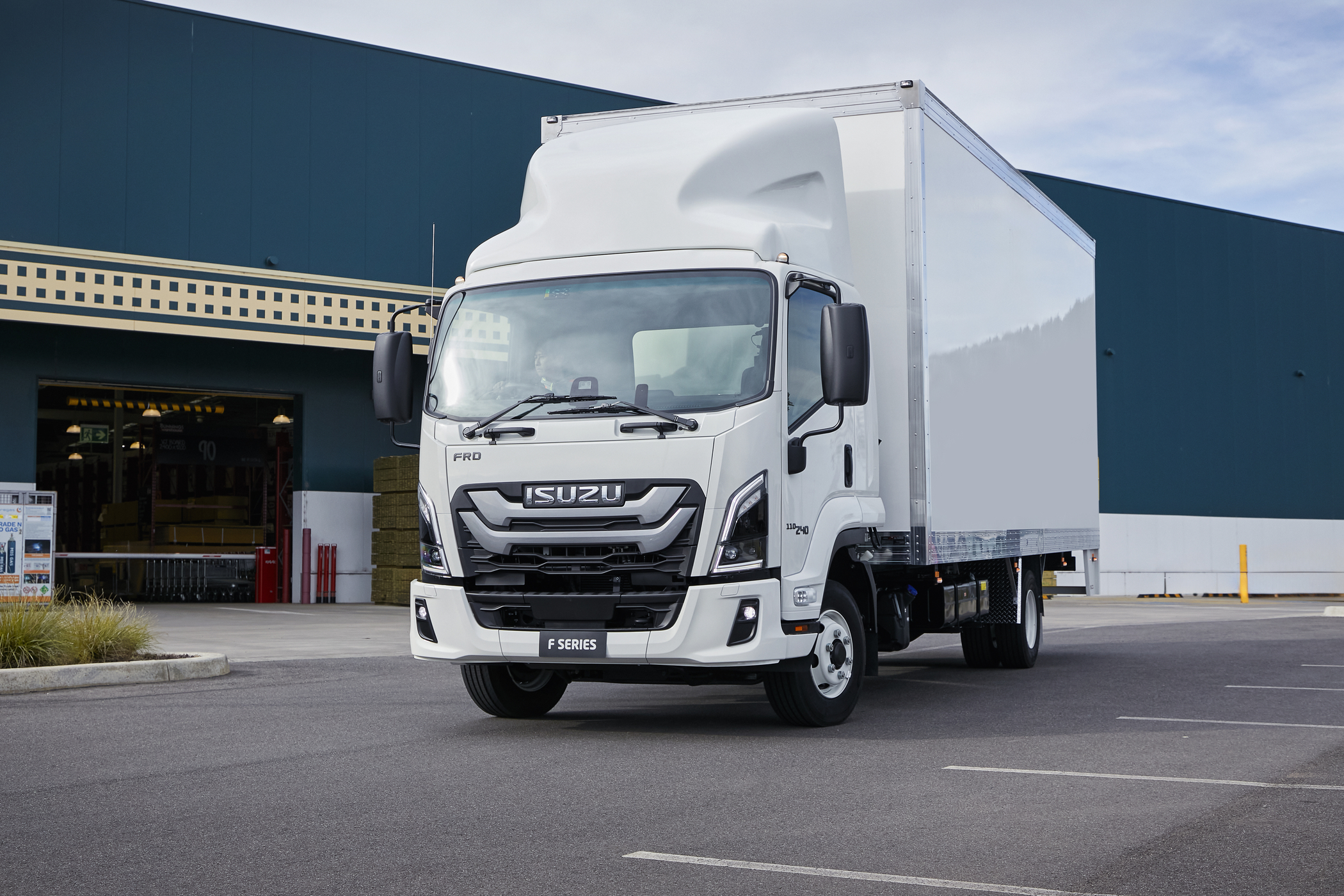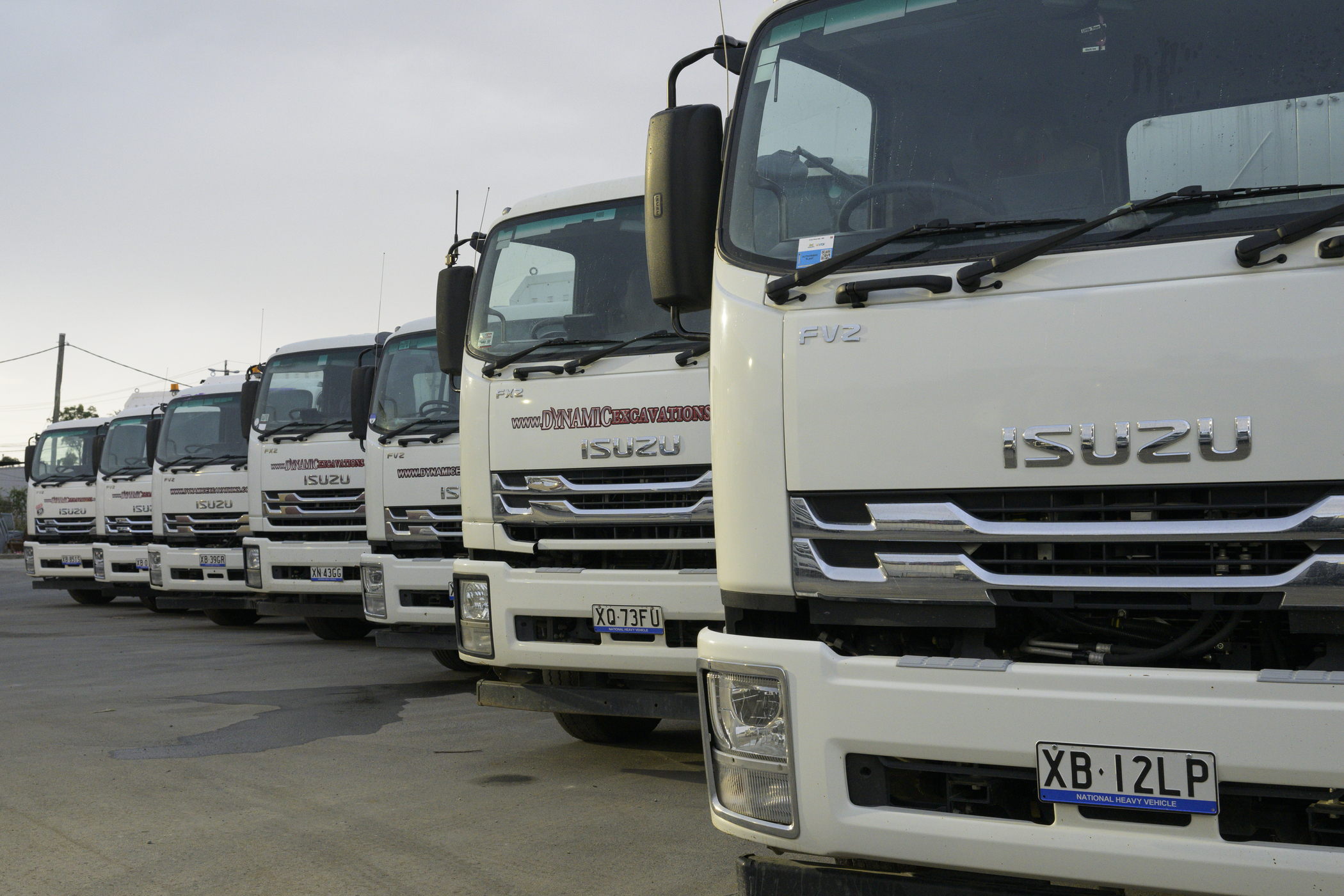Money Maker: Are You Getting The Most Value Out Of Your Work Vehicle?
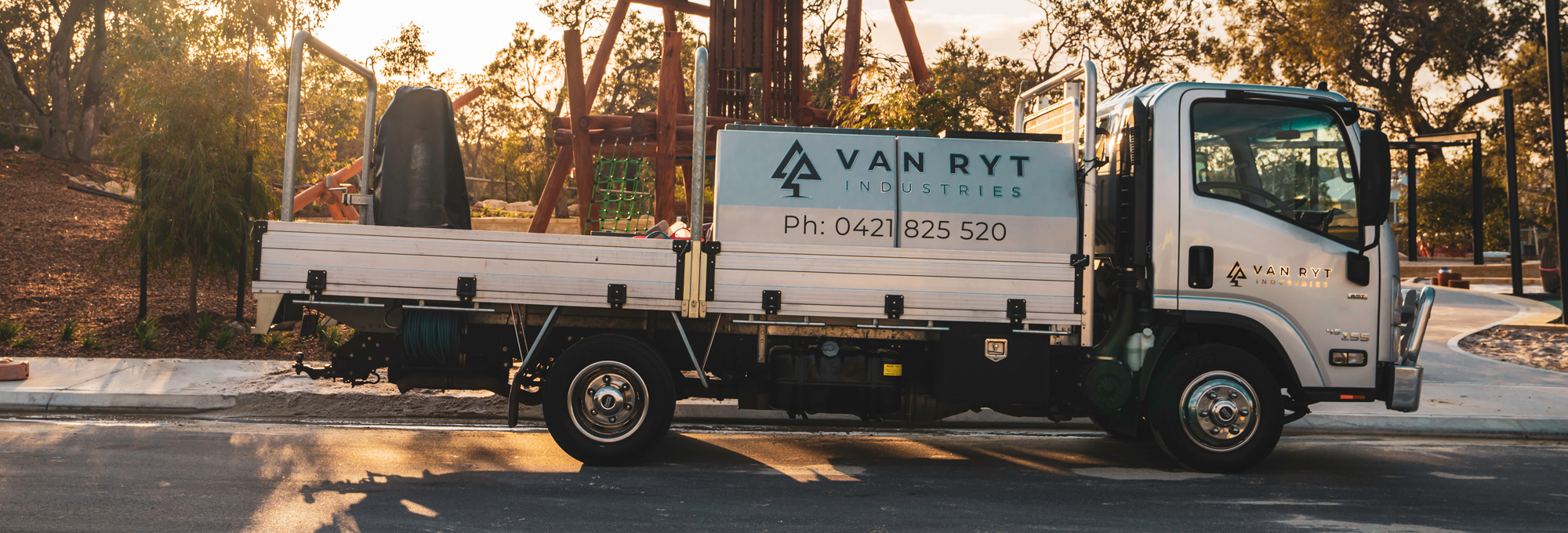
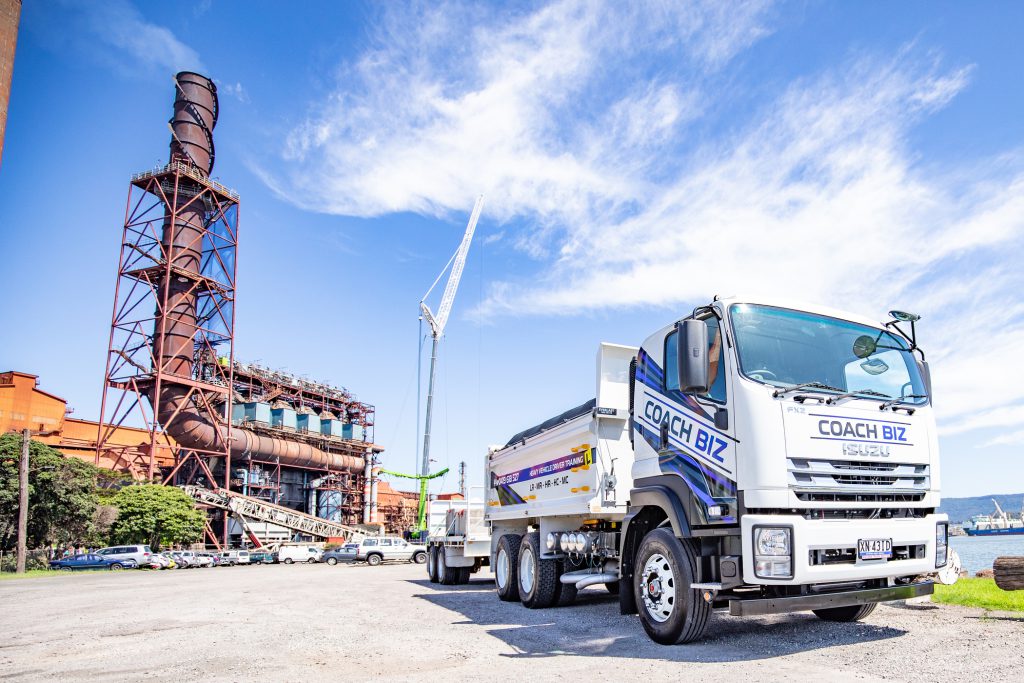 Fit-for-purpose – what does it really mean?
At its essence, when something is fit-for-purpose, it means it’s suitable and capable of getting the job done (reliably).
A mobile mechanic, a chippy, a tradie, or running your logistics empire, whatever your jam, in the context of a business requiring a road transport solution, something that will carry the necessaries every day is essential.
And this is where having a truly fit-for-purpose vehicle designed for the type of work you’re doing, will pay off best.
Fit-for-purpose – what does it really mean?
At its essence, when something is fit-for-purpose, it means it’s suitable and capable of getting the job done (reliably).
A mobile mechanic, a chippy, a tradie, or running your logistics empire, whatever your jam, in the context of a business requiring a road transport solution, something that will carry the necessaries every day is essential.
And this is where having a truly fit-for-purpose vehicle designed for the type of work you’re doing, will pay off best.
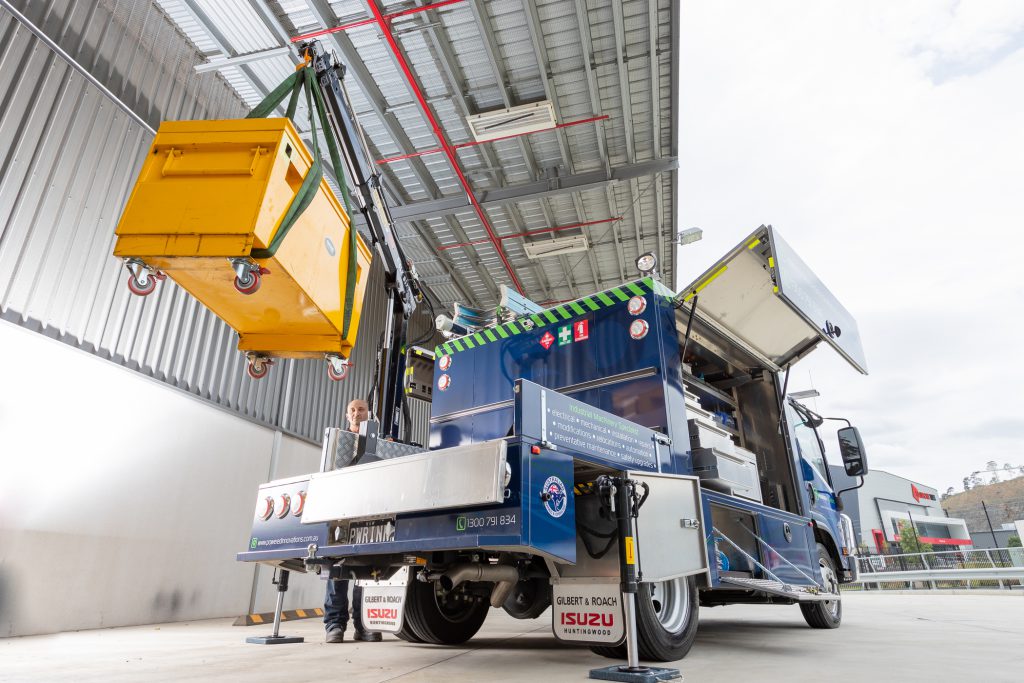 Capacity rules
Chief on the fit-for-purpose checklist is payload capacity and power. There are arguments for trucks over utes, utes over vans, vans over cars... you name it, there’s a point of view agreeing or disagreeing on all.
But you’ll know you’ve hit the capacity jackpot if you can tick off some of the following points:
Capacity rules
Chief on the fit-for-purpose checklist is payload capacity and power. There are arguments for trucks over utes, utes over vans, vans over cars... you name it, there’s a point of view agreeing or disagreeing on all.
But you’ll know you’ve hit the capacity jackpot if you can tick off some of the following points:
- Can the vehicle move all your staff or equipment in one go?
- Have you eliminated the need for multiple trips to the supply depot?
- Can the vehicle handle the load comfortably and safely?
- Are you experiencing less downtime due to fewer repairs?
- Is the vehicle more economical to refuel and run?
 Off-the-shelf savings
If you’re thinking about buying a rig that needs modifying, it’s important to factor in the cost of after-market extras, so you aren’t left with any surprises (or a hole in your account book.
Hours spent reviewing and electing components, plus costs for installing and the downtime required to fit them, may turn out more than you originally bargained for.
Finding a pre-bodied vehicle that is built ready to work, with additions for extra panache—rather than additions for bringing it up to a level that is fit-for-purpose—will save time and effort.
In the case of many trades and applications (including those needing 4x4 and all-wheel drive off-roaders), pre-bodied trucks can also be surprisingly cost effective compared to utes or vans that need extra modifications like toolboxes, extended trailers, added suspension and other modifications to increase required load capacity or suitability for the work.
Turn heads with advertising
Another way to make as asset pay for itself is to turn customers’ heads with striking advertising. Make your work vehicle into a portable billboard that can drum up business wherever you go.
A slick wrap or custom paint job signals pride in your equipment, too, and good presentation can be the deciding factor between getting picked by a new customer or getting left behind, especially if you’re in a field where similar businesses are lined up for comparison.
Off-the-shelf savings
If you’re thinking about buying a rig that needs modifying, it’s important to factor in the cost of after-market extras, so you aren’t left with any surprises (or a hole in your account book.
Hours spent reviewing and electing components, plus costs for installing and the downtime required to fit them, may turn out more than you originally bargained for.
Finding a pre-bodied vehicle that is built ready to work, with additions for extra panache—rather than additions for bringing it up to a level that is fit-for-purpose—will save time and effort.
In the case of many trades and applications (including those needing 4x4 and all-wheel drive off-roaders), pre-bodied trucks can also be surprisingly cost effective compared to utes or vans that need extra modifications like toolboxes, extended trailers, added suspension and other modifications to increase required load capacity or suitability for the work.
Turn heads with advertising
Another way to make as asset pay for itself is to turn customers’ heads with striking advertising. Make your work vehicle into a portable billboard that can drum up business wherever you go.
A slick wrap or custom paint job signals pride in your equipment, too, and good presentation can be the deciding factor between getting picked by a new customer or getting left behind, especially if you’re in a field where similar businesses are lined up for comparison.
 A little bling can make it sing
To seriously turn up the heat on your work vehicle, add accessories. Small touches like a genuine bullbar, a bit of chrome (or a lot, no judgement here!), can give your vehicle an extra edge over the competition—catching someone’s eye on the street and creating interest in your service or product.
In the case of company fleets, having an attractively outfitted fleet not only adds to the aesthetic of the whole operation, but also increases the amount of real estate your advertising controls on the road.
And if you’re running a smaller fleet, you might find a truck’s advertising meterage outweighs that of a ute—just check out the jobs done on these light-duty beauties.
Having a coordinated, one-brand fleet can also make it easier for drivers to jump from cab to cab, while warranty and servicing issues can be resolved in one place rather than bouncing through workshops dedicated to different brands of componentry, saving you time, effort and money.
A little bling can make it sing
To seriously turn up the heat on your work vehicle, add accessories. Small touches like a genuine bullbar, a bit of chrome (or a lot, no judgement here!), can give your vehicle an extra edge over the competition—catching someone’s eye on the street and creating interest in your service or product.
In the case of company fleets, having an attractively outfitted fleet not only adds to the aesthetic of the whole operation, but also increases the amount of real estate your advertising controls on the road.
And if you’re running a smaller fleet, you might find a truck’s advertising meterage outweighs that of a ute—just check out the jobs done on these light-duty beauties.
Having a coordinated, one-brand fleet can also make it easier for drivers to jump from cab to cab, while warranty and servicing issues can be resolved in one place rather than bouncing through workshops dedicated to different brands of componentry, saving you time, effort and money.
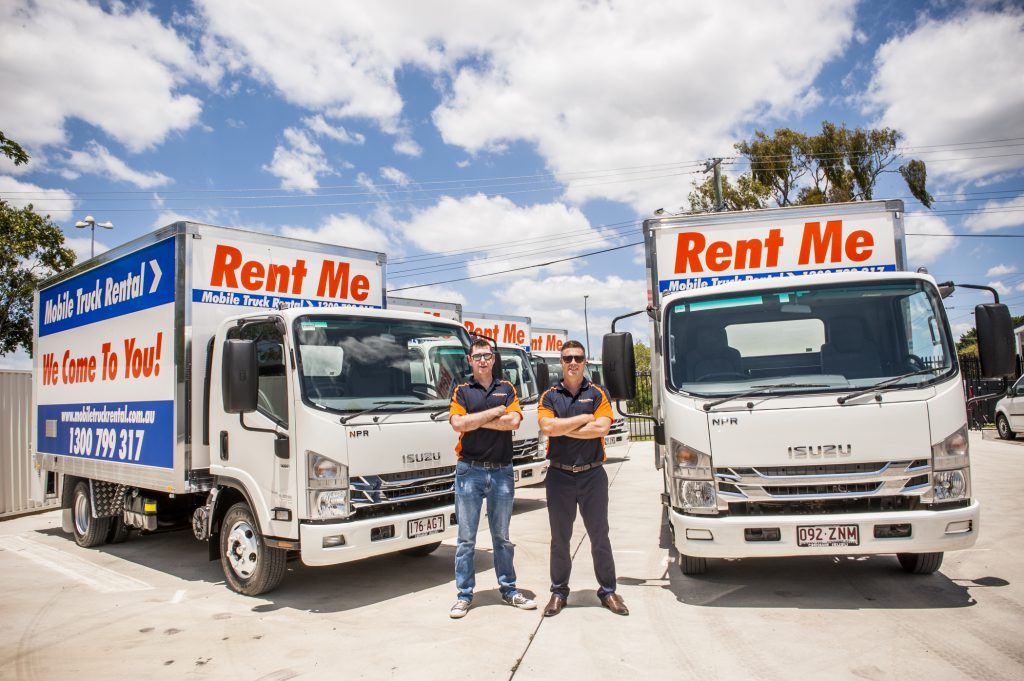 Whole-of-life cost
Whole-of-life cost covers everything from the initial sale price through to repayments, servicing and maintenance, parts, modifications, and fuel—you can find more information about whole-of-life truck costs here.
Whole-of-life is especially important to consider when work vehicles double up as weekenders. Choosing an investment that can faithfully handle the brunt of being a weekday hero and a weekend warrior will help lower whole-of-life cost, cutting out extensive parts repair due to worn-out componentry, extra servicing or downtime.
Just like an investment in the stock market, someday you might want to sell your capital investment, and in the case of a vehicle, depreciation is inevitable.
But the better you take care of the vehicle during its working life, the better return you’ll see at the end of the investment. Trucks can outperform other types of vehicles in this aspect as they are ruggedly built with specific payloads, power ratings, and components to suit heavy usage and generally stand up better over time.
Whole-of-life cost
Whole-of-life cost covers everything from the initial sale price through to repayments, servicing and maintenance, parts, modifications, and fuel—you can find more information about whole-of-life truck costs here.
Whole-of-life is especially important to consider when work vehicles double up as weekenders. Choosing an investment that can faithfully handle the brunt of being a weekday hero and a weekend warrior will help lower whole-of-life cost, cutting out extensive parts repair due to worn-out componentry, extra servicing or downtime.
Just like an investment in the stock market, someday you might want to sell your capital investment, and in the case of a vehicle, depreciation is inevitable.
But the better you take care of the vehicle during its working life, the better return you’ll see at the end of the investment. Trucks can outperform other types of vehicles in this aspect as they are ruggedly built with specific payloads, power ratings, and components to suit heavy usage and generally stand up better over time.
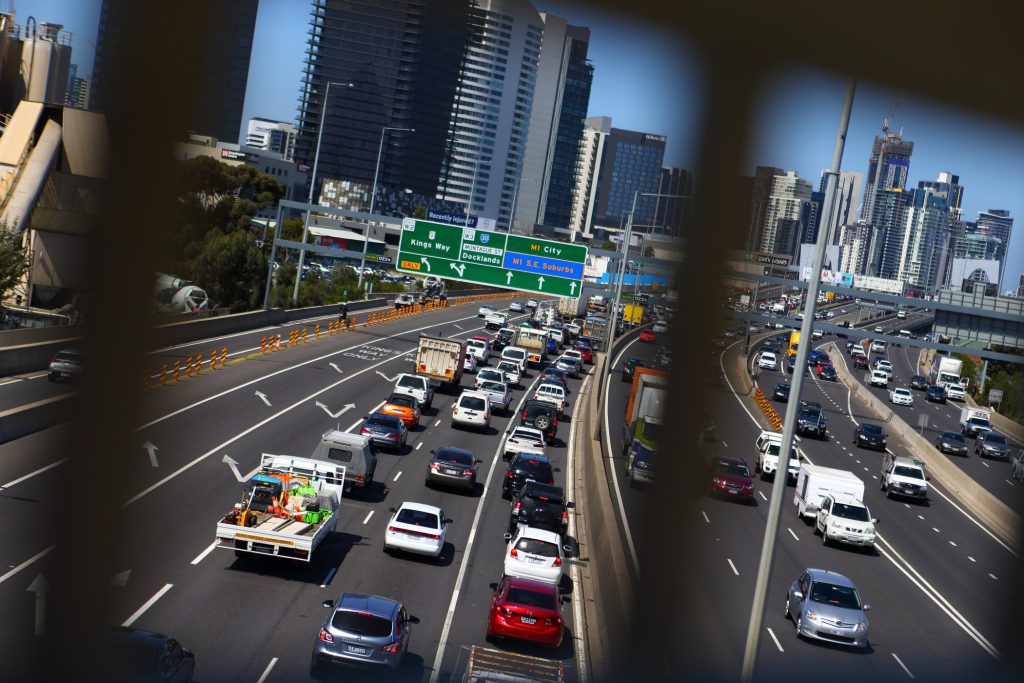 The road ahead
Regardless of what vehicle you choose, any thoroughly researched and considered investment into your business is usually a good one.
But we all know making big dollar decisions can be tough. If you have been thinking your business needs to up the ante, but are cautious of the potential risks, then the current government stimulus might just provide an extra push to get the decision over the line.
Interested in understanding more about the government stimulus package and what it could mean for you? Read here.
The road ahead
Regardless of what vehicle you choose, any thoroughly researched and considered investment into your business is usually a good one.
But we all know making big dollar decisions can be tough. If you have been thinking your business needs to up the ante, but are cautious of the potential risks, then the current government stimulus might just provide an extra push to get the decision over the line.
Interested in understanding more about the government stimulus package and what it could mean for you? Read here.

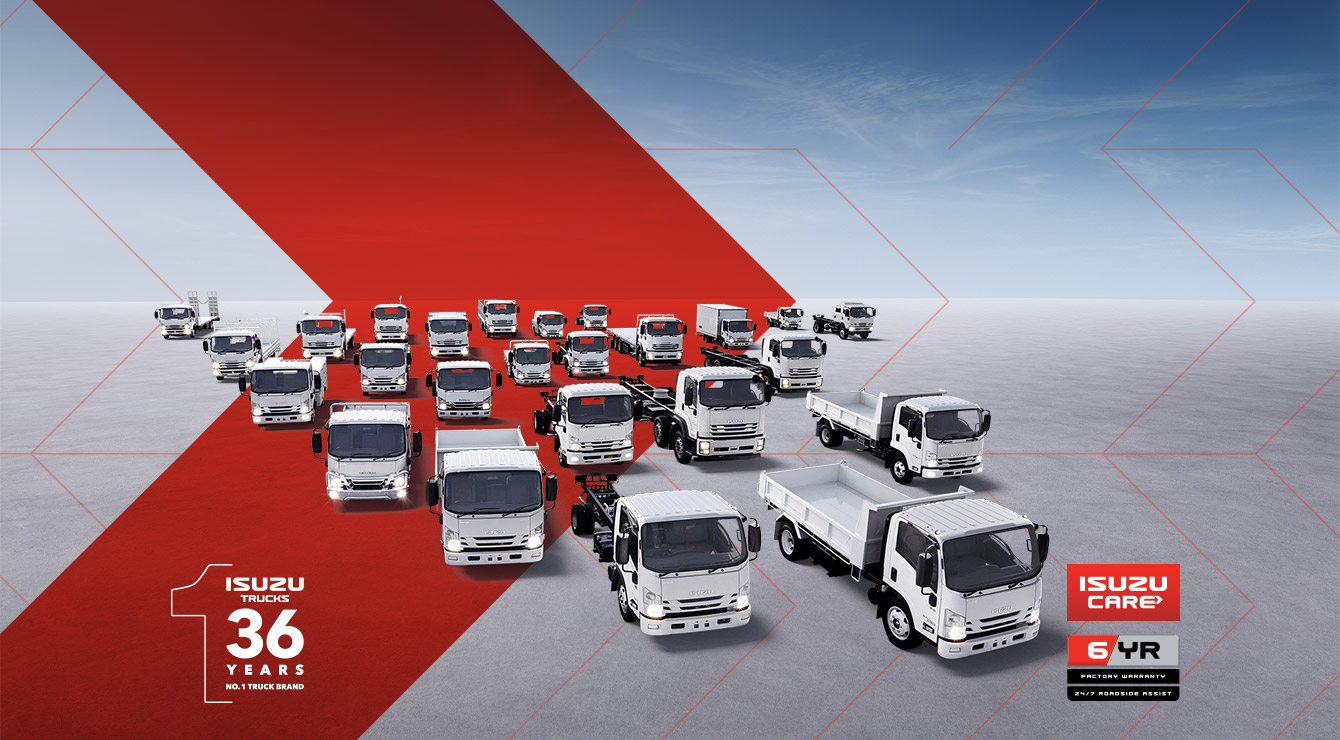
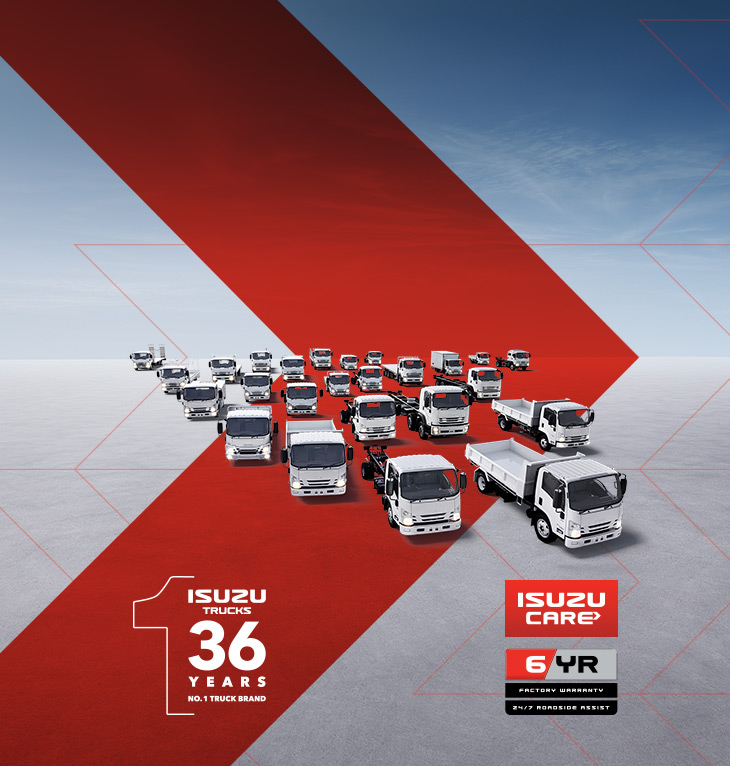
Lead the charge with Australia’s favourite truck.
2025 heralds Isuzu Trucks’ 36th year as market leader.* Number one in more than just sales, though, Isuzu Trucks has an unparalleled dealer support network, customer care program, truck range, and legendary reliability. To get behind the wheel of a winner, get into your nearest Isuzu Trucks Dealer now or visit isuzu.com.au
Learn More

